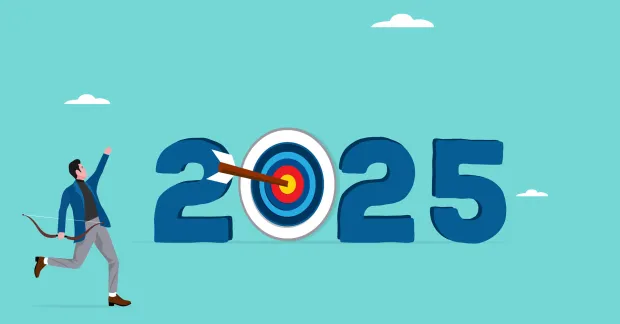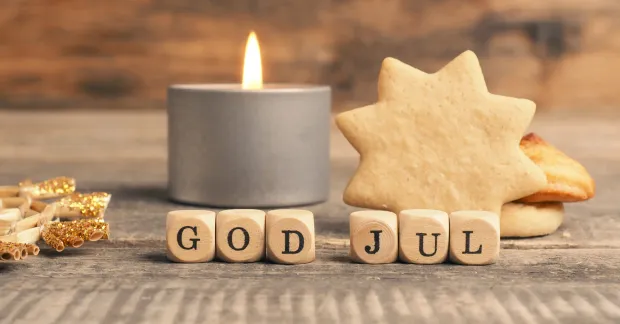
It's not uncommon for advertising agencies and other creative businesses to establish themselves in old factory premises with high ceilings and large windows. But building a 60-meter-long roller coaster – passing over meeting rooms and through the staff canteen – is not quite as common. In fact, the ride at The Great Exhibition's office is the first of its kind in the world. The idea has been with the company's owner, Petter Kukacka, since he was a child.
"I have always been interested in roller coasters and everything that runs on rails. Even in our previous premises, we had loose thoughts about a smaller version, but it fell through due to the low ceiling height. Here we have almost five meters to the ceiling," he says.
Complicated and expensive
It has been a year since the company moved to the thousand-square-meter premises in Stockholm, and Petter Kukacka could start realizing his dream. He emphasizes that the work has been a team effort from the beginning, and the commitment from the employees has been enormous.
"I am probably the one who has worked the least on this. We have taken help from lots of people, but we have designed and planned everything ourselves," he says.
However, building a roller coaster is not something you do in a morning. On the contrary, it turned out to be really complicated – and expensive. After making an initial sketch, The Great Exhibition contacted an expert in the USA whose safety comments led to new insights. A bridge engineer in Sweden calculated the strength, dimensioning of the steel structure, and made drawings. But when the agency started requesting price quotes, they got a real shock.
"We received quotes from roller coaster specialists in Germany and the USA for 3 million $. That was obviously far beyond our budget," says Petter Kukacka.
Built by a Ferris wheel factory in China
Many would probably have given up at this point, but not the staff at The Great Exhibition. One of Petter's friends, who is based in China, inquired at various factories in the country and got in touch with China's largest manufacturer of Ferris wheels. The price was acceptable to the advertising agency, and it became a deal – despite the uncertainty about whether the Chinese really understood what they wanted.
"It was a gamble because it was a very unclear deal, and there were some language barriers, but everything has gone smoothly," says Petter Kukacka.
Towards the end of the process, they visited the factory in China to ensure they had manufactured what was ordered and to ensure the quality of the welds and construction.
Premiere after a year of intense work
At the end of June, the four-ton structure arrived in Liljeholmen in a large container. Shortly thereafter, a couple of Chinese experts arrived to assemble the roller coaster in the office environment. The roller coaster car was designed by the design studio on their own, and on October 25th – after a year of intense work – it premiered. To everyone's relief, everything worked perfectly. And it does when Kollega gets to take a test ride:
The ride starts steep and slow, accompanied by a lot of noise. The track then runs above meeting rooms and the kitchen before the car plunges through the canteen and the open office landscape. It's over in less than a minute and offers a real thrill. Additionally, a photo is taken and printed at the end of the ride – just like at any amusement park.

How much is the roller coaster used daily?
"It's not like we jump in and ride every day. But it's certainly running when we have after-work events, and customers and employees' children are very eager to come here and ride."
What has it meant for the workplace?
"The process of creating this together has been very fun and a fantastic way to bring this workplace together in a different way than before. The work of designing and driving the project has forced us to challenge ourselves. It may seem silly, but when you work creatively, it's important to maintain that vein. The pride is great that the track now stands here and that everything actually works."
"Initially, there were some – fully reasonable – objections from employees about why we should do this, and concerns were raised about the noise. An exciting discussion arose about what a workplace really is and how much time we spend at work."
How did you come up with the name 'Frontal Lobe'?
"The frontal lobe is the part of the brain that develops last and makes you rational. It's a reference to the idea that in our creative profession, you might need to remove some of your rational thoughts now and then."
This text has been translated with the help of AI.
The Great Exhibition

Design studio/advertising agency run by Petter Kukacka for fifteen years. The company has about ten employees and produces, among other things, commercials.
The Frontal Lobe: Roller coaster, approximately 60 meters of track, and reaches a top speed of 30 km/h. The track runs around the advertising agency's office in Stockholm.











